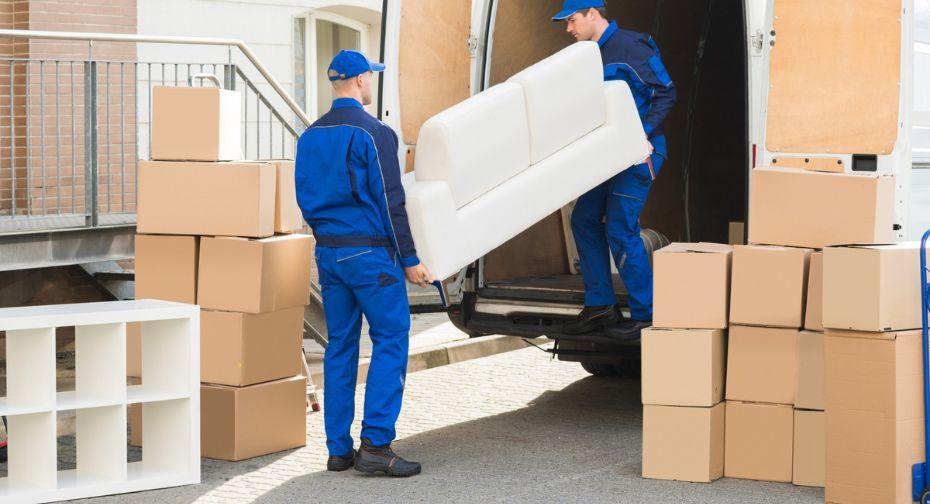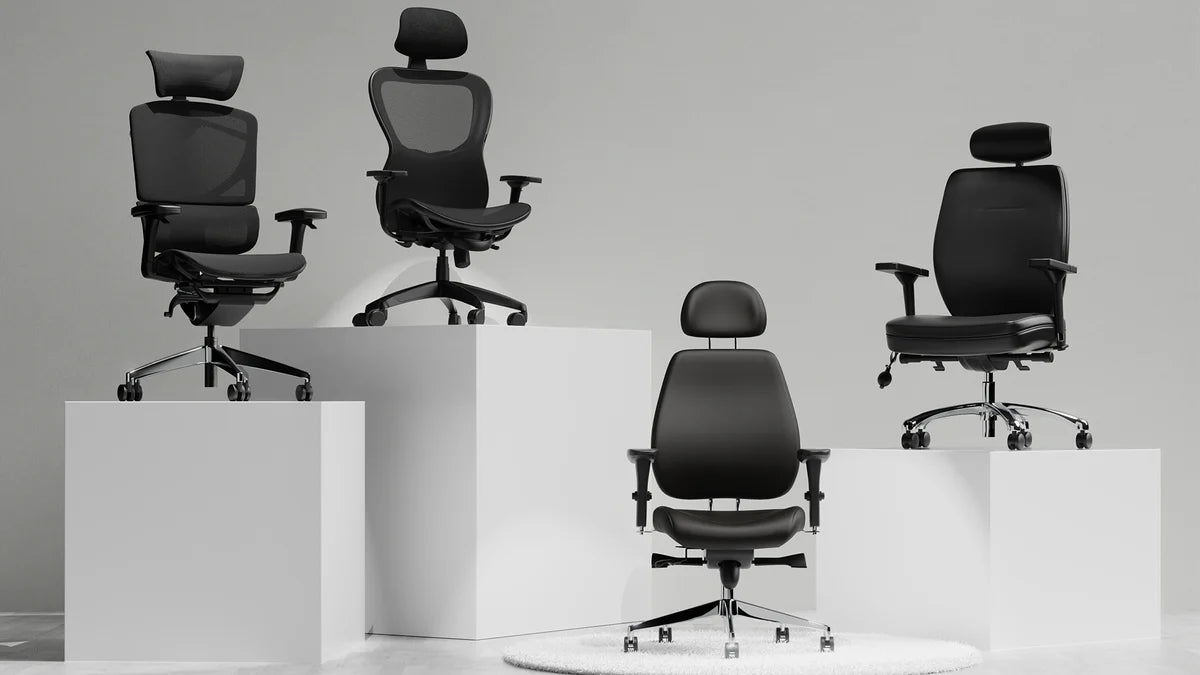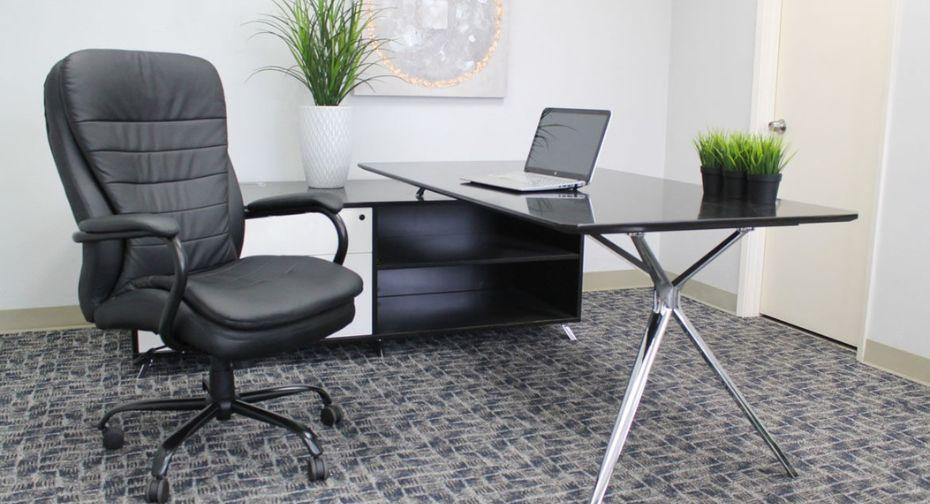Massive warehouse clearance sale! Save up to 70% off RRP - Visit us today!
Massive warehouse clearance sale! Save up to 70% off RRP - Visit us today!
Desks & Tables
Chairs
Office Storage
Accessories

How To Transport Second-Hand Furniture
February 23, 2024 3 min read
Transferring used furniture can be a challenging task, but with the right planning and the appropriate strategy, it can go comfortably and be a pleasant experience. Whether you've found the perfect addition to your home in a local thrift shop or you're moving a piece of furniture you've purchased online, there are a few key steps to consider when transporting second-hand furniture.
HOW TO TRANSPORT FURNITURE SAFELY?

DIMENSION AND WEIGHT:
The dimension and weight of the furniture item you need to move should be your priority. This will determine the transportation method you'll need to use. If the item is small enough to fit in a car, then transporting it yourself may be the most cost-effective option. But if you are worried about how do I move my couch? So, for larger items such as sofas, beds, or dining tables, you may need to consider hiring a professional moving service or renting a van for the day.
USE PROTECTIVE MATERIALS:
If you're transporting the furniture yourself, make sure to measure the dimensions of the item and the space in your vehicle to ensure a proper fit. It's also a good idea to use protective materials such as blankets, bubble wrap, or furniture pads to prevent any damage during transportation. It's also essential to properly secure the object in your car to keep it from moving or slipping while you're driving.
INQUIRE ABOUT PROFESSIONAL’S EXPERIENCE:
When hiring a professional moving service or renting a van, be sure to inquire about their experience in handling second-hand furniture and their approach to ensuring the safe transport of your items. To make sure everything goes smoothly and to your satisfaction, it's important to express any special needs or concerns you may have about how your furniture is transported safely.
DISTANCE AND ROUTE:
Another important consideration when transporting second-hand furniture is the distance and route to the destination. If you're moving furniture across a long distance, it's crucial to plan the logistics carefully to minimize the risk of damage and ensure a timely delivery. Consider the best route to take, taking into account road conditions, traffic, and any potential obstacles that may impact the transportation process.
COMMUNICATION AND COORDINATION:

Additionally, if you're purchasing second-hand furniture online or from a seller located in a different area, it's important to coordinate the pickup or delivery logistics with the seller. Communication is key in ensuring a seamless process, so be sure to discuss the details of the transportation with the seller in advance to avoid any misunderstandings or complications.
BE CAREFUL ABOUT LAWS AND RULES:
Furthermore, it's important to consider the legal and regulatory aspects of transporting second-hand furniture. If you're using a hired van for transportation, make sure that you have the necessary documentation and permits required for driving and transporting goods. This may include a valid driver's license, insurance, and any specific permits related to the size and weight of the items being transported-
Additionally, be mindful of any special laws or guidelines that might apply to the transportation of secondhand goods if you're moving furniture across different cities or areas. Regulations regarding recycling, waste management, and the transportation of specific materials may fall under this category. Keeping up with current laws can assist you in avoiding any possible legal problems while transporting goods.

Finally, if you're unable to transport the furniture yourself and are considering hiring a professional moving service, be sure to research and compare different providers to find the most suitable option for your needs. Look for companies with experience in handling second-hand furniture, positive customer reviews, and transparent pricing and terms. Obtaining quotes from multiple providers and discussing your specific requirements in detail will help you make an informed decision and ensure a smooth and reliable transportation process.
CONCLUSION:
In conclusion, furniture shipping calls for thorough planning, close attention to detail, as well as effective coordination. Whether you're transporting the furniture yourself or using a professional moving service, considering the size and weight of the item, planning the logistics, adhering to legal requirements, and ensuring clear communication with sellers or service providers are crucial steps to ensure a successful and hassle-free transportation experience. By approaching the process with a methodical and organized mindset, you can effectively be able how to transport second-hand furniture and enjoy your new addition to your home with peace of mind.
Leave a comment
Also in News

Creating an Ergonomic Workspace: Boost Comfort and Productivity with Posture Seating in Modern Offices
November 13, 2024 3 min read



















